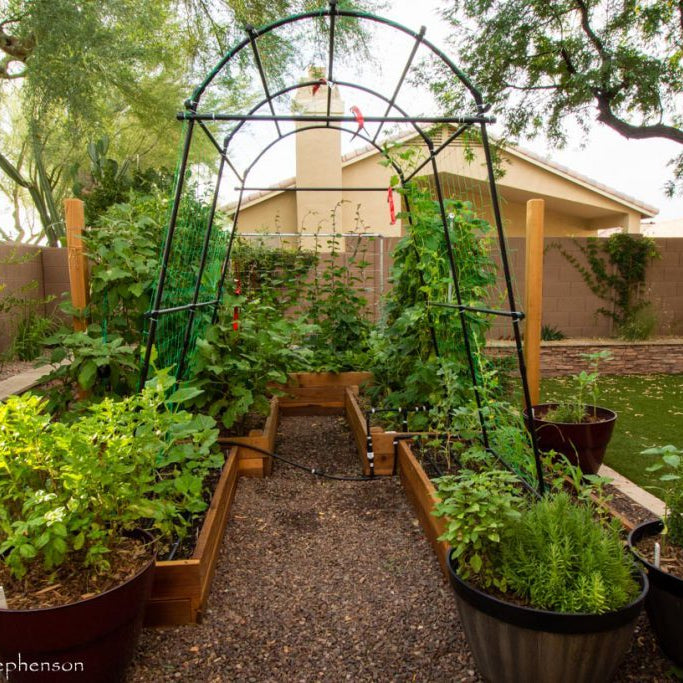
Available 24/7
Available 24/7

We are often skeptical ko decide which veggies should we be growing to begin our own journey of 'growing your own food. With the amount of information available, it is very easy to become overwhelmed.
But Nuserylive experts are here to help in your dilemma.
We all recognise that making a Seed garden at home is happiness in its way. To nurture a plant right from its seed to its full growth has a feeling of immense joy and a sense of accomplishment that cannot be described in words.
Plus the crop that grows is your fruit of hard work and success. But choosing which ones to grow is a real challnege Here are a few plants that you could grow in your vegetable garden.
Lettuce is an annual plant of the Asteraceae family. Also called crisp salad greens, it is mostly used in making sandwiches and wraps as well as salads like Caesar salad, common salad, stir-fry, etc.
Lettuce is a cool weather plant, so it is mostly sown when winter is just starting. There are various varieties of lettuce like romaine, butterhead, head, loose-leaf lettuce, etc.
It can also handle warm temperatures but suffers from summer boil in the hot temperature.

Buy Lettuce Vegetable Seeds | View Details
Spinach or Palak as it is known in India, is a rich in iron plant which is considered a delicacy and is used extensively in many Indian cuisines. It is a perennial plant and is good for digestion, skin, hair, eyes, and brain health as well as it is known to have anti-cancer and anti-aging properties.
Buy Spinach Vegetable Seeds | View Details
Cucumber or kangri or khira as it is called in India, is a widely grown plant of the gourd Cucurbitaceous family. Mostly used in salads and sandwiches, it is a cool weather plant and is known to help in digestion, bowel movement and is also used as a skin conditioner and removing dark circles form the eyes.
They grow best in fertile rich in nutrients so add a lot of compost to the soil to help profligate their growth. Plant the seeds with a space of 45 cms in between and around 5-8 cms deep. Add mulch to the seeding row as the plants tend to suffer from cold weather.
Buy Cucumber Green - Organic Vegetable Seeds | View Details
Also called chukander, it is used mostly as a side dish in the chopped, sliced, and spiced manner in the Indian cuisine. It is also well known for its numerous health benefits, including improved blood flow, lower blood pressure and increased exercise performance.
It grows best in cool weather and can be also grown successfully throughout the year provided a few conditions.
Buy Beetroot Vegetable Seeds | View Details
Now since you are armed with all the neccessary information, go get growing your food in your garden. Join the healthy eating club and smash those health goals.
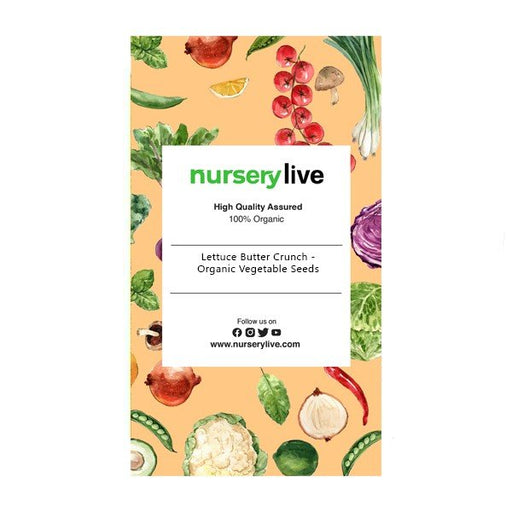
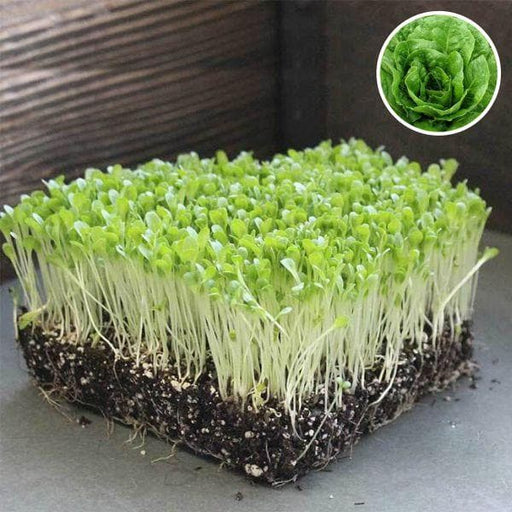 Save 50%
Save 50%
Lettuce Butter Crunch - Organic Microgreen Seeds Discover the delightful taste and nutritional benefits of our Lettuce Butter Crunch Organ...
View full details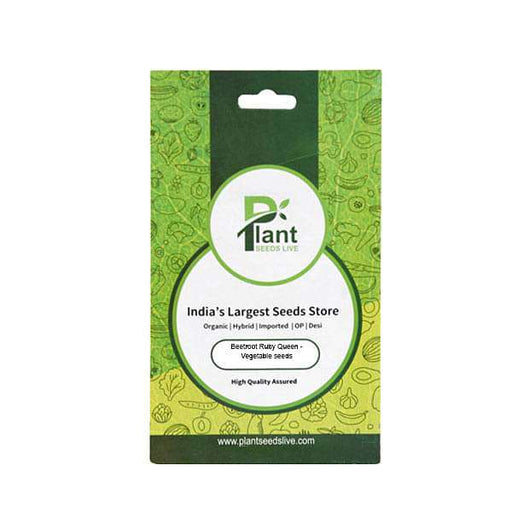
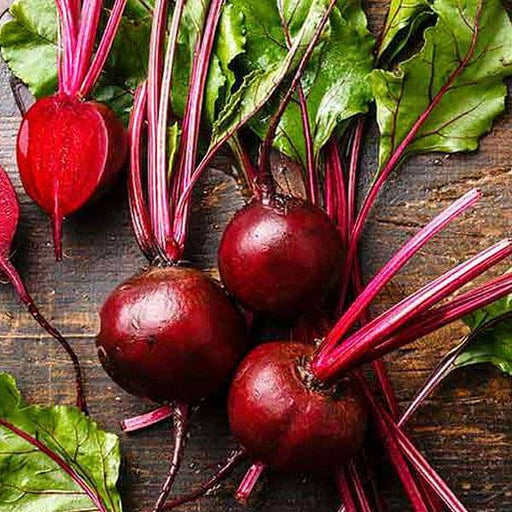 Save 25%
Save 25%
Beetroot Ruby Queen - Vegetable Seeds The Beetroot Ruby Queen is a vibrant and nutritious addition to any garden. Known for its deep red c...
View full details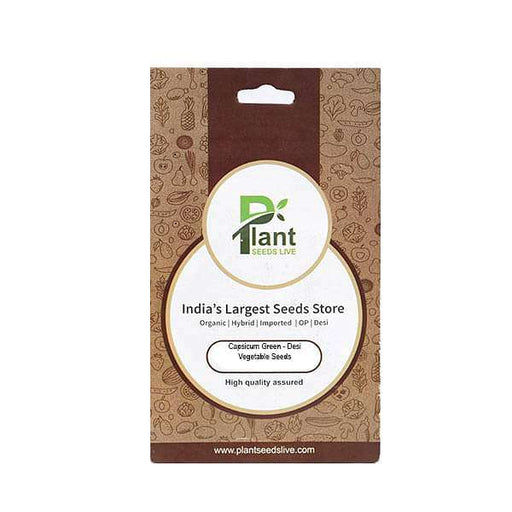
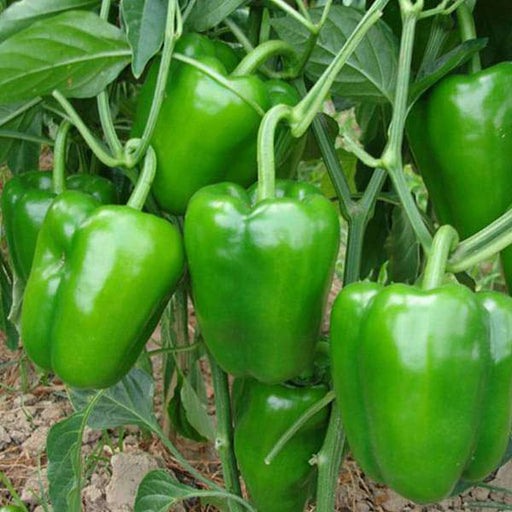 Sold out
Sold out
Capsicum Green - Desi Vegetable Seeds Capsicum Green, also known as bell pepper, is a vibrant and nutritious addition to your garden. Thes...
View full details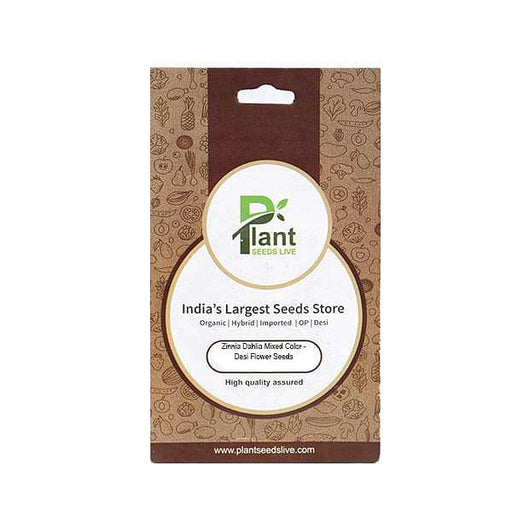
 Sold out
Sold out
Zinnia Dahlia Mixed Color - Desi Flower Seeds Transform your garden into a vibrant tapestry of colors with our Zinnia Dahlia Mixed Color -...
View full details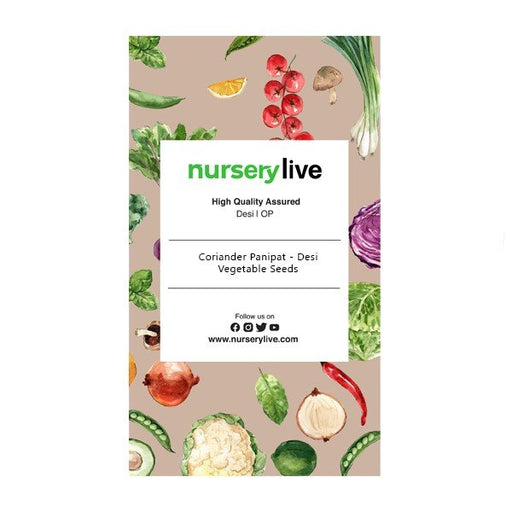
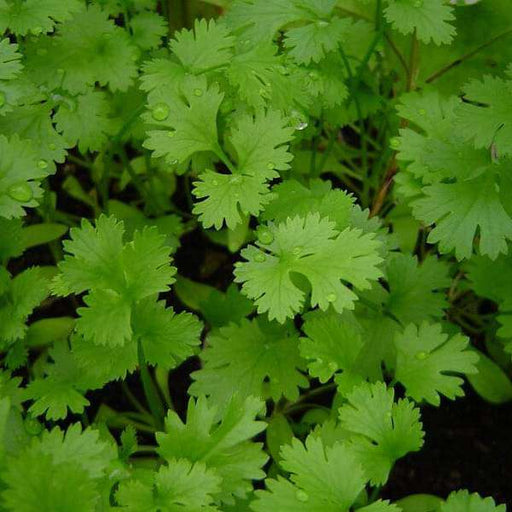 Save 25%
Save 25%
Coriander Panipat - Desi Vegetable Seeds Coriander Panipat is a premium variety of coriander seeds, cherished for its aromatic leaves and ...
View full details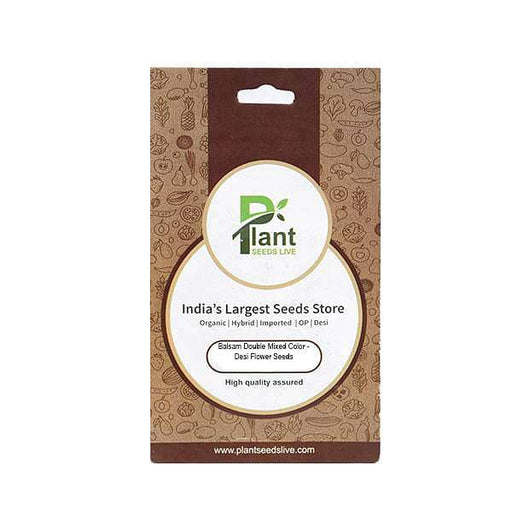
 Save 25%
Save 25%
Balsam Double Mixed Color - Desi Flower Seeds Discover the vibrant beauty of Balsam Double Mixed Color - Desi Flower Seeds, a delightful a...
View full details
 Save up to 15%
Save up to 15%
Peace Lily, Spathiphyllum - Plant The Peace Lily, scientifically known as Spathiphyllum, is a stunning houseplant celebrated for its elegant white...
View full details
 Save 18%
Save 18%
Combo Constituents Includes the Parijat Tree (Night-Flowering Jasmine), a culturally significant plant with fragrant flowers. Description The Pari...
View full details
 Save 25%
Save 25%
Description Raat Ki Rani (*Cestrum nocturnum*), also known as Night Blooming Jasmine, is a fragrant shrub native to the Caribbean and Central Ameri...
View full details
 Save 25%
Save 25%
Jasminum sambac, Mogra, Arabian Jasmine - Plant Jasminum sambac, commonly known as Mogra or Arabian Jasmine, is a fragrant flowering plant...
View full details
 Save 17%
Save 17%
Rajnigandha, Tuberose - Plant The Rajnigandha, scientifically known as Polianthes tuberosa, is a captivating perennial plant renowned for ...
View full details
 Sold out
Sold out
Citronella, Odomas - Plant The Citronella plant, scientifically known as Cymbopogon nardus, is a tropical grass renowned for its aromatic ...
View full details Save 25%
Save 25%
Damascus Rose, Scented Rose (Any Color) - Plant The Damascus Rose, also known as Rosa damascena, is a timeless symbol of beauty and romanc...
View full details
 Save 35%
Save 35%
Best 6 Plants for Perfect Indoor Garden Transform your living space into a lush oasis with our curated collection of the Best 6 Plants for a...
View full details
 Save up to 50%
Save up to 50%
Mini Succulent Garden Pack Transform your space with our Mini Succulent Garden Pack, featuring a delightful collection of 4 any variety beautiful s...
View full details
 Save 30%
Save 30%
5 Best Fragrant Plants Transform your garden or indoor space into a fragrant paradise with our curated selection of the 5 Best Fragrant Plants. Th...
View full details
 Save 24%
Save 24%
Set of 2 Bonsai Looking Grafted Adeniums Transform your indoor or outdoor space with our exquisite Set of 2 Bonsai Looking Grafted Adenium...
View full details Save 45%
Save 45%
Top 4 Die Hard Succulents Pack Transform your indoor or outdoor space with our Top 4 Die Hard Succulents Pack, featuring a curated selecti...
View full details
 Save 30%
Save 30%
5 Best Indoor Plants Pack Transform your living space into a lush oasis with our '5 Best Indoor Plants Pack.' This carefully curated collection fe...
View full details
 Save 25%
Save 25%
Set of 4 Evergreen Air Purifier Plant Pack Transform your indoor space into a lush, green oasis with our Set of 4 Evergreen Air Purifier Pla...
View full details
Leave a comment